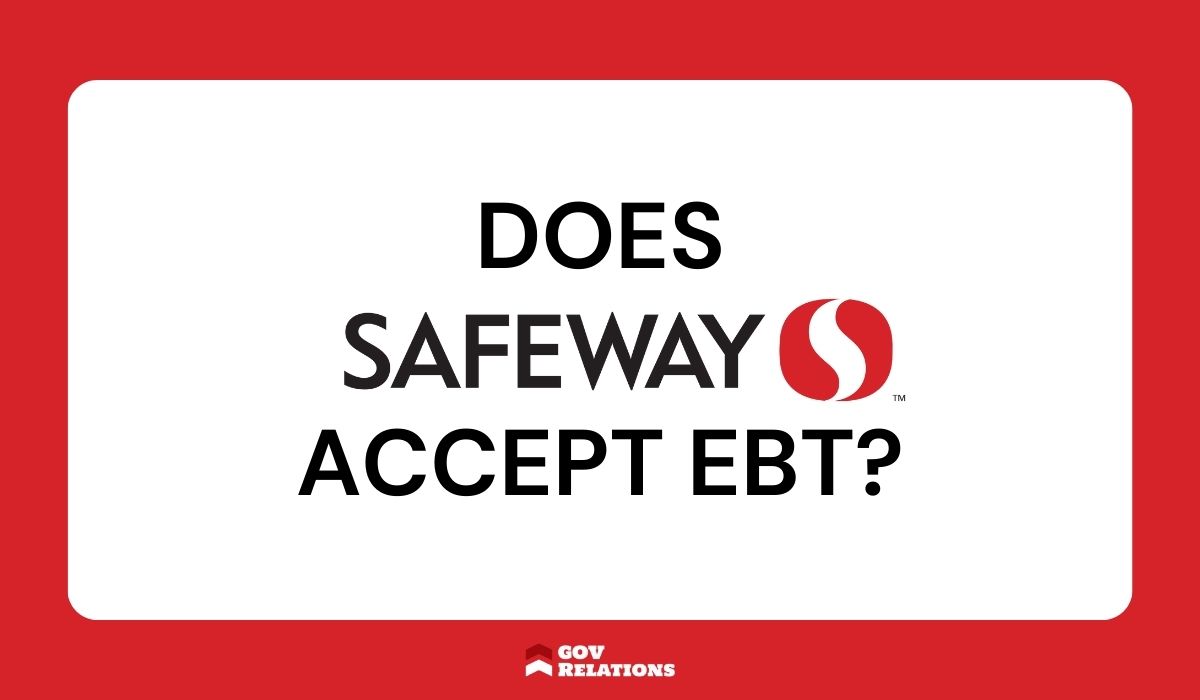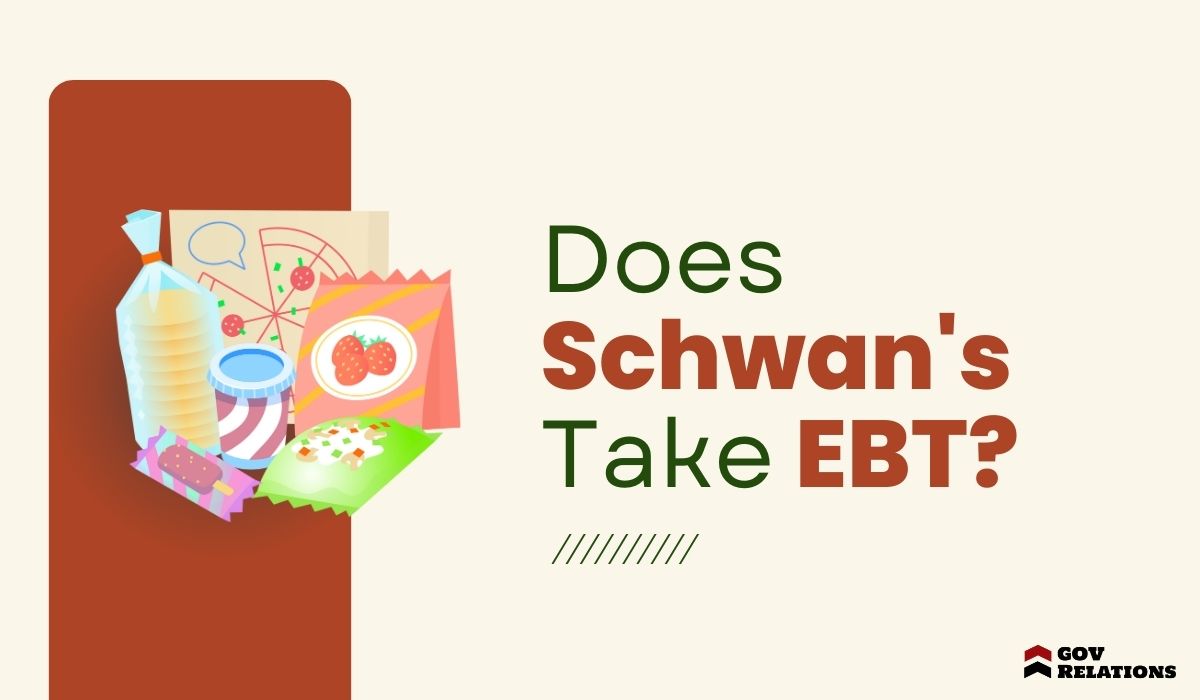The EBT Card for Seniors provides crucial nutritional assistance, ensuring that elderly individuals have access to a variety of nutritious foods without financial strain.[1]
Through direct monthly deposits, the EBT card streamlines the process of accessing and utilizing nutritional assistance, eliminating the need for physical checks and offering seniors the dignity of choice.
Eligibility for the EBT card is determined by a combination of factors such as income and household size, with the program designed to accommodate the unique needs of the senior population.
The discreet and dignified nature of the EBT card helps reduce the stigma associated with receiving public assistance, encouraging more seniors to seek the support they need.[2]
Navigating the golden years brings its own set of adventures and, sometimes, challenges, especially when it comes to managing a tight budget for essentials like groceries. Enter the "EBT Card for Seniors," a beacon of support for our respected elders, ensuring they have access to nutritious food without straining their finances. Ever wondered how this piece of plastic can be a lifeline for seniors? Well, you're in the right place to discover just that. The EBT (Electronic Benefit Transfer) card is not just a card; it's a gateway to health and well-being for seniors across the nation, offering them the dignity of choice and the ease of access to a variety of food options.
Join us as we delve into what an EBT card for seniors is, how it works, and the profound impact it has on the lives of our beloved aging population. Get ready to uncover the layers of this invaluable resource that stands at the intersection of technology and compassion, ensuring seniors are nourished, cared for, and respected.
What is an EBT Card for Seniors?
An EBT Card for Seniors is essentially a government-issued debit card that allows older adults to receive their nutritional assistance benefits electronically. This card is part of various public assistance programs, including the Supplemental Nutrition Assistance Program (SNAP), often tailored to meet the unique dietary needs of senior citizens. With an aging population that may face mobility challenges, fixed incomes, and specific nutritional requirements, the EBT card serves as a crucial tool to promote independence, health, and dignity.[1]
The beauty of the EBT card lies in its simplicity and efficiency. Once a senior is deemed eligible for the program, benefits are directly deposited into their account each month, which they can then use to purchase food items at participating stores. This process eliminates the need for physical checks and provides seniors with the flexibility to choose what they eat, based on their personal preferences and dietary needs.
How It Works
Eligibility for an EBT card typically depends on a combination of factors, including income, household size, and expenses, with special considerations given to the elderly. The application process involves submitting detailed information to the local social services agency, which then assesses the applicant's needs and eligibility.
Once approved, seniors can use their EBT card to buy eligible food items such as fruits, vegetables, meat, dairy products, bread, cereals, and non-alcoholic beverages. The card operates like a regular debit card but is only valid for food purchases and cannot be used to buy non-food items, alcohol, or hot prepared meals.
The Impact on Seniors' Lives
Fast Facts
Ongoing discussions and developments aim to make the EBT program even more accessible and user-friendly for seniors.
The introduction of the EBT card has had a significant positive impact on the senior community. It not only ensures that older adults have access to nutritious food but also empowers them to make their own dietary choices. This autonomy is particularly important for seniors, for whom diet can play a critical role in managing chronic conditions and improving overall health.
Furthermore, the EBT card system reduces the stigma associated with receiving public assistance by providing a discreet and dignified way for seniors to access their benefits. This encourages more eligible seniors to apply for the assistance they need, ultimately leading to better health outcomes and a higher quality of life.[2]
The Future of Nutritional Assistance for Seniors
Fast Facts
The card empowers seniors to make their own food choices, supporting their autonomy and catering to personal preferences and dietary requirements.
As technology advances and the population continues to age, programs like the EBT card for seniors are more important than ever. There is ongoing discussion and development towards making these programs more accessible and user-friendly for seniors, including the potential for online shopping and delivery services for those unable to visit stores in person.
The future of nutritional assistance for seniors holds promise for even greater inclusivity and accessibility, leveraging technology to meet the needs of an increasingly diverse aging population. With the rise of digital platforms and the growing reliance on e-commerce for daily needs, integrating modern solutions into traditional assistance programs like the EBT card is a logical next step.
Future enhancements to the EBT program could also include more personalized services tailored to the nutritional needs and preferences of seniors. This could involve the development of nutrition education programs aimed at helping seniors make healthier food choices, manage chronic diseases through diet, and understand the nutritional content of their purchases. Additionally, incorporating features like voice-activated technology for ordering, larger text formats for easier reading, and simplified navigation could make digital platforms more senior-friendly.
Embracing the Future of Senior Nutrition
In summary, understanding "what is an EBT card for seniors" reveals more than just the mechanics of a payment system; it highlights a societal commitment to ensuring that the nutritional needs of our aging population are met with dignity, accessibility, and respect. As we look towards the future, the EBT card for seniors stands as a testament to the blend of technology and compassion, evolving to meet the changing needs of seniors. Through continued innovation and a deepening understanding of these needs, the EBT card will remain an essential tool in supporting the health and well-being of seniors across the nation, making every meal a step towards a healthier, more independent life.
Learn more about the EBT guidelines for buying vitamins and other essentials in our next guide and maximize your benefits.

- “How Does an EBT Card Work? A Guide for Older Adults.” National Council on Aging, https://ncoa.org/article/how-does-an-ebt-card-work-a-guide-for-older-adults
- “Food stamps: why recipients are haunted by stigmas and misconceptions.” The Guardian, https://www.theguardian.com/money/2014/apr/17/food-stamps-snap-coordinators-challenges





